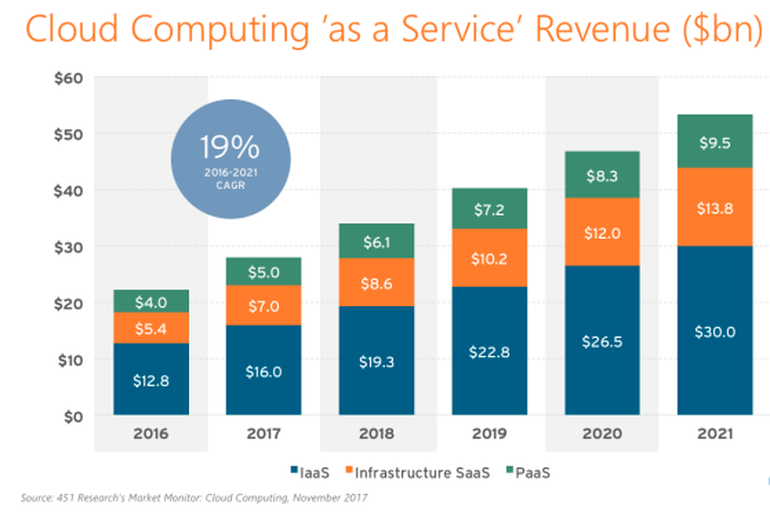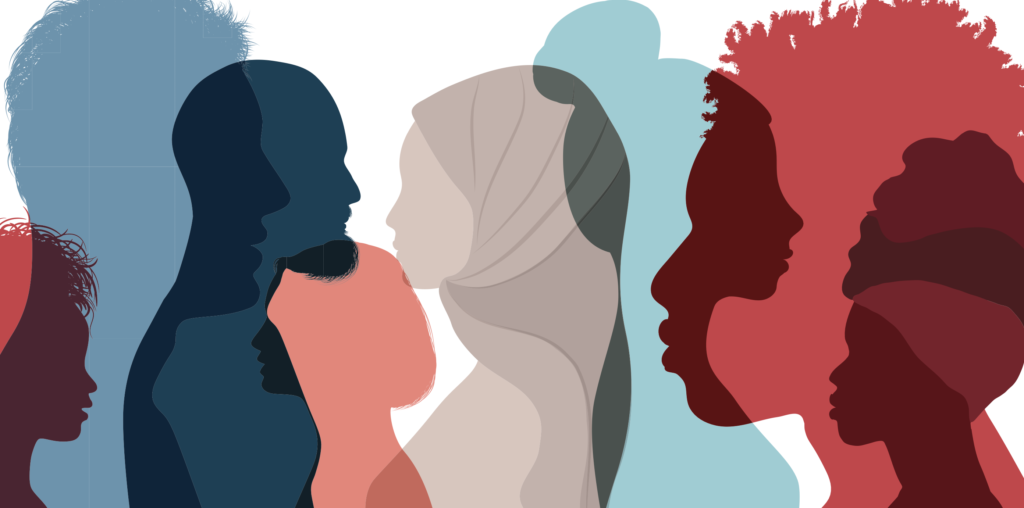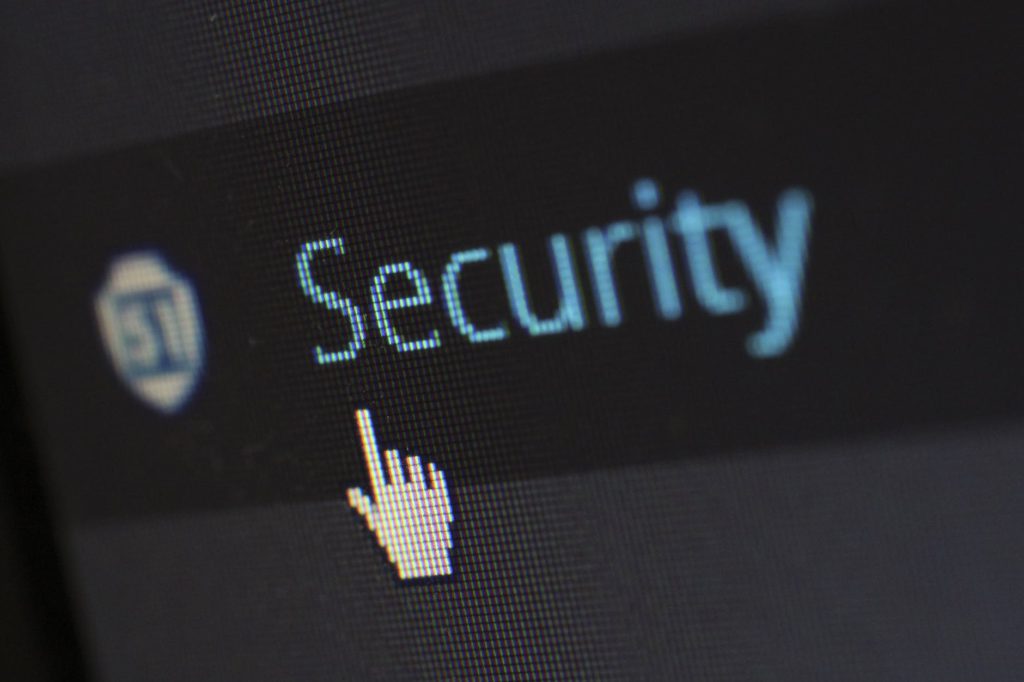2021 Human Resources Trends
Abonnieren Sie den Newsletter
On Christmas Eve, 2020, the Recognize team published their trends predictions for the HR industry going into 2021. In the article, we look back at our last year’s predictions to see where we fell short or hit the mark. The trends are based on linked research as well as the Recognize’s own experience working with companies in the Americas and abroad.
The Curtain Closes on 2020
In Austin Texas, normally tamales and beer are the most common grocery items. In 2020, the year of the Covid-19 pandemic, Austinites purchased 24% more anchovies and 38% more gochujang, the Korean fermented chile paste. The point is we had no idea what was going to happen in 2020 in nearly all industries. We could have predicted that people will cook more food at home, but anchovies?
The same is true in human resources. When everyone had to work from home, could we have predicted how bad the Zoom gaffs were going to be? No, the answer no we couldn’t have. One thing we all saw coming, though, was an increase in collaboration app usage. Never before in history have so few people commuted to work. Companies had to quickly adjust to Microsoft Teams to survive. A 360 turnaround from a decade ago when Yammer or Slack seemed like nice-to-haves.

Having many back office, white-collar jobs continue on as normal, but from the comfort of their PJs, carved a larger divide between the frontline worker and the keyboard puncher. Even before the pandemic, Recognize saw an increased interest to create a recognition program that ties the frontline to the back office. This necessity is even more important now. Luckily, with the right tools and a bit of elbow grease, this is possible.
With the rollout of vaccines not coming until Spring or Summer of 2021, Recognize team predicts a continuation of the same shutdown misery. That’s why it is imperative for companies to support their community. Mental health issues are on the rise and therapists are booked solid. Plus, toxic politics are starting to seep into our daily lives. Online discussions dissolve into ad hominem attacks and conspiracy spreading. How does HR avoid these issues in our now instant online communication tools? When people aren’t face-to-face, we lack empathy and diplomacy. The next few years will push Microsoft, Zoom, and Facebook to understand how to better simulate real life in the online world.
One silver lining to the pandemic as it showed that a vaccine can be developed in 10 months. This was due to advancements in past research, artificial intelligence, machine learning, and big data. Imagine what your HR department can do when leveraging past research, big people data, and AI. From employee recognition to employee lifecycle management to compliance are all changing thanks to predictive analytics. HR can do so much more thanks to bots and automated forms. Although hard to stay abreast in the early 2020s, advancements are making our lives easier.
Even with so much uncertainly, the Recognize team predicts the following for 2021:
- The new satellite office is your living room
- Pandemic fatigue
- Virtualization of HR
- Acceleration in employee engagement software
- Normalization of equality
- One organization from frontline to back office
- Here come the bots
2020 Predictions

Before going into what we see happening next year, let’s look at last year’s predictions.
Workplace Diversity and Inclusion
Resounding Yes! More than we expected. More on that in this year’s trends.
Further Integration with Technology
Easy Yes. Of course, we were, but by what degree was unable to be predicted.
Fighting Fatigue and Burnout
Not so much. HR paid lip service but not a lot changed.
Upskilling and Reskilling the Shifting Workplace
Yes! A lot of people how to rethink their skills this year.
Remote Work
Big Yes!
HR Gets Personal
Not so much.
A Year for Imagination and Innovation
Yes and no. Imagination not so much but creating a vaccine in 10 months was an innovation.
This Year's Predictions - The New Satellite Office is Your Living Room
With 70% of people working from home are doing it due to the Covid-19 pandemic [link to recognize article], the home has become the new office. Whether it is the living room couch or the loft office, Recognize team predicts we will be home for the entire 2021.

Many people will continue to work from home beyond 2021. Thirty percent of Americans surveyed said they won’t get vaccinated. Vaccination merits aside, an uninoculated population will not be allowed to return to the office. Will employers require their employees to get vaccinated? From what we know about Americans, that won’t bode well.
Others will stay home because they will simply want to. Why drive into the office at rush hour one hour each way? Home Depot has seen a 25% increase in revenue from 2019 to 2020. Those purchases are for the backyard bungalow converted to an office. It will be hard for some to go back to a cubicle where their coworkers are always sneezing and coughing.
Working from home shouldn’t ever be a right but a privilege. Right now, it is a requirement for the rest of 2020 and all of 2021. With 2022 in our sights, HR needs to prepare its employees to fully return to the office, at least most of the time.
Pandemic Fatigue

Pandemic fatigue is when a person’s stamina for putting up with a pandemic, such as Covid-19, is worn thin. This person experiencing pandemic fatigue may feel exhausted or anxious. This condition will continue for most of 2021 starting in March of 2020.
While you read this, you may be wearing a nice top in case someone pops up for a video chat, but I ensure your pants are stretchy and you are wearing slippers. This is the corporate attire of 2020 and into 2021- a dichotomy of business casual and loungewear. One way to help combat pandemic fatigue is to simply put on pants. Dress up a bit and encourage your staff to do the same. Have people post pictures on your business social collaboration tool, such as Microsoft Teams.
As social animals, humans can only go so many days like this before isolation depression starts seeping in. A majority of workers, 56% to be exact, say they were already under work-related stress. Many of us are still six months away from getting a vaccine. That’s six more months not seeing our loved ones or going out for a night on the town. That’s why more than ever HR needs to be focused on employee mental health.
As HR leaders worker wellbeing is impacted by several macro trends such as the growth of the digital economy and the increased need to develop resilience while we are being bombarded by constant social media notifications. We decided as a firm it was time to study this and take action.
Michael Fenlon, Chief People Officer of PwC (source)
Recognize research into nurse burnout before Covid-19.

Employees were fatigued without Covid-19. Healthcare especially needs to be focused on helping healthcare workers feel appreciated and recognized.
Virtualization of HR

The late 1990s dot.com boom sparked the beginning of cloud-hosted HR tools. These services were then accessible from the ubiquitous web browser. This began the ability to easily work remotely. Employees could now request paid time off from their personal computers.
Fast forward over 20 years and the user interfaces have drastically improved, but is it intelligent? That’s beginning to change as we talked about last year and more this year with an emphasis on bots.
2021 is going to be a year where HR has to hire back many furloughed or laid-off employees. Having automated processes allows remote teams to operate. Automation doesn’t just streamline operations. Automation allows for a reduced amount of communication to occur between humans. Communication leads to signal/noise issues along with unclear prioritization requests. That’s why employers need to stay agile with their approaches.
Slack went public and was purchased by Salesforce in a span of a few months in 2020. If your organization does not have an instant communication tool, then you need to start now. 2021 will be a year of maturity. We will see fewer Zoom gaffs. However, employers need to actively train employees on the best way to use these tools. For instance, instead of announcing you are leaving the office, you set your status as “Out of office for a few hours”. Using the ways to communicate effectively, employers can help employees cut down the noise. For companies that are at least 20 employees, using online remote learning software can help bring visibility to the process.
Another shift in 2021 is hiring remote employees. Recognize team found employees who are self-motivated and have a quiet space are more productive (link). These questions need to be baked into the hiring process.
Learn more on the role of AI here.
Acceleration of Remote Employee Engagement

As long as companies have a purpose, they can thrive in any environment. In fact, according to PwC, 79% of companies believe that purpose is the key to success. Purpose-driven cultures are created by communicating the purpose your organization is pushing.
79% of companies believe in purpose-driven communication.
In order to pursue engagement in remote employees, we need the right tools. As mentioned above Microsoft Teams is a major focus for Microsoft. However, Salesforce’s purchase of Slack will make it stronger and better than ever, we hope. That means strong competition and great features to engage remote employees. Recognize is integrated into Microsoft Teams as part of our Office 365 suite of integrations. Companies can recognize each other for the company values in Teams. Integrating your business tools into one suite will greatly increase usage and thus employee engagement.
Normalization of Equality: The Realization That We Are All Human

Companies need to look past generational differences and think of themselves as perennials. This idea was coined by Gina Pell saying, “A group of people of all ages, stripes, and types who go beyond stereotypes and make connections with each other and the world around them.” In fact, diversity around a shared set of company values leads to higher revenue. World Bank found Gender equality in business could improve the global economy by £120 trillion. Put another way, gender diversity is said to increase profitability by 21% and ethnic diversity by a whopping 33%, according to McKinsey. Although many executives can agree with these numbers, Nasdaq is making it a requirement. Be as ahead of the curve as you can on this one as the world is global and diversity is what the 2020s will be about.
Additionally, a third of business leaders are making a conscious effort to nurture such traits as empathy and humility in their organizational culture and are taking a public stance on societal issues.
– Sethi, PwC (source)
One Organization from Frontline to Back Office

Even before Covid-19, Recognize has seen organizations push for more connection between the back office and the frontline worker. Paper mills came to Recognize to reward their mill workers for safety and in the same program award the back office for environmental innovation. Engagement of all employees is now obvious as the frontline worker was stressed to a breaking point in 2020 and it is accelerating in 2021. Just saying thanks to nurses and frontline sales teams isn’t enough anymore. Leadership needs to put employee engagement across the whole organizational chart a priority for 2021.
Here Come the Bots

Slack was the first company to introduce bots into corporate communication tools and the Recognize team predicted a usage last year. Bots are not new and in the 1990s IRC chat rooms like #linux used them to answer Wiki articles based on phrases in people’s chat messages. When is that going to reach the office? Plugins to IRC-like business tools like Slack will help change that.
However, the Recognize team believes 2021 will be an acceleration of bots thanks to accessible and inexpensive technology. Workplace by Facebook made bots the first-class component. The result is easier to integrate, communicate, and add data. Examples include it is now easier to report sexual harassment.
Companies that leverage bots will automate processes and save their employees time. Time is a factor multiplied by the employee count. If it takes 5 minutes to find the vacation request form and you have 1000 employees with four vacation requests a year is nearly 14 days of work. Putting the vacation request form in an Alexa-like interface with natural language processing front and center increases efficiency, happiness, and money.
For outside the halls of the organization companies are using bots to screen employees. Using chatbots’ companies can screen applicants early and without the bias of a human. This assumes the algorithms are ethical.
Security

At the end of 2020, we saw the widespread SolarWinds hack hit in the United States. Expect the aftershock to be felt throughout 2021. The government and large corporations are going to demand higher security. This is going to make all their vendors require higher security. Higher security means harder to do things. Until we have better solutions to malware and phishing attacks, red tape is about to get worse.